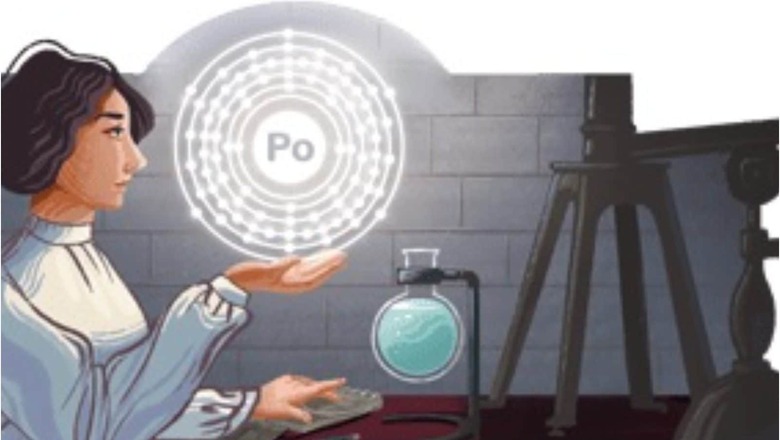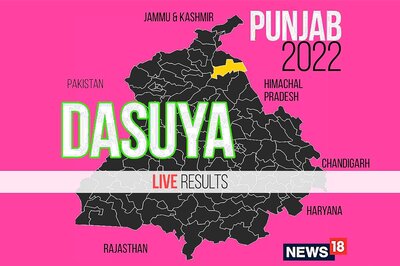
views
GOOGLE DOODLE TODAY: Internet giant Google on Saturday celebartes Romanian physicist Ștefania Mărăcineanu’s 140th Birthday with a Doodle. Mărăcineanu was one of the pioneering women in the discovery and research of radioactivity. She graduated with a physical and chemical science degree in 1910, starting her career as a teacher at the Central School for Girls in Bucharest. While there, Mărăcineanu earned a scholarship from the Romanian Ministry of Science. She decided to pursue graduate research at the Radium Institute in Paris.
The Radium Institute was quickly becoming a worldwide center for the study of radioactivity under the direction of physicist Marie Curie. Mărăcineanu began working on her PhD thesis on polonium, an element that Curie discovered.

During her research on the half-life of polonium, Mărăcineanu noticed that the half-life seemed dependent on the type of metal it was placed on. This got her wondering if the alpha rays from the polonium had transferred some atoms of the metal into radioactive isotopes. Her research led to what is most likely the first example of artificial radioactivity.
Mărăcineanu enrolled at Sorbonne University in Paris to finish her PhD in physics, which she earned in just two years! After working for four years at the Astronomical Observatory in Meudon, she returned to Romania and founded her homeland’s first laboratory for the study of Radioactivity.
Mărăcineanu dedicated her time to researching artificial rain, which included a trip to Algeria to test her results. She also studied the link between earthquakes and rainfall, becoming the first to report that there is significant increase of radioactivity in the epicenter leading up to an earthquake.
In 1935, Irène Currie, daughter of Marie Curie, and her husband received a joint Nobel prize for their discovery of artificial radioactivity. Mărăcineanu didn’t contest the Nobel prize, but asked that her role in the discovery be recognized. Mărăcineanu’s work was recognized by the Academy of Sciences of Romania in 1936 where she was elected to serve as a Director of research, but she never received global recognition for the discovery.
The Curie Museum in Paris contains the original chemical laboratory in the Radium Institute, where Mărăcineanu worked. Today’s Doodle honors Ștefania Mărăcineanu’s 140th birthday and pays tribute to her legacy.
Read all the Latest News , Breaking News , watch Top Videos and Live TV here.



















Comments
0 comment